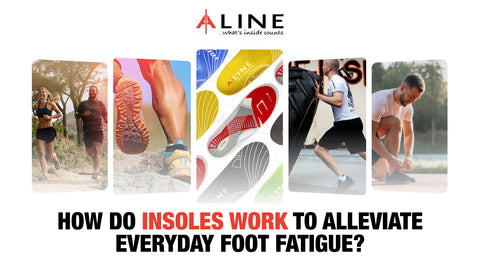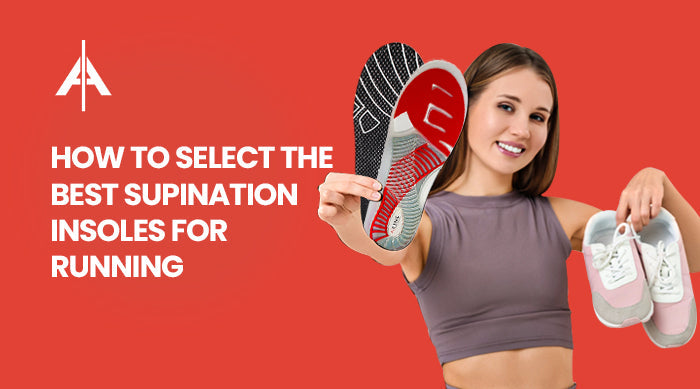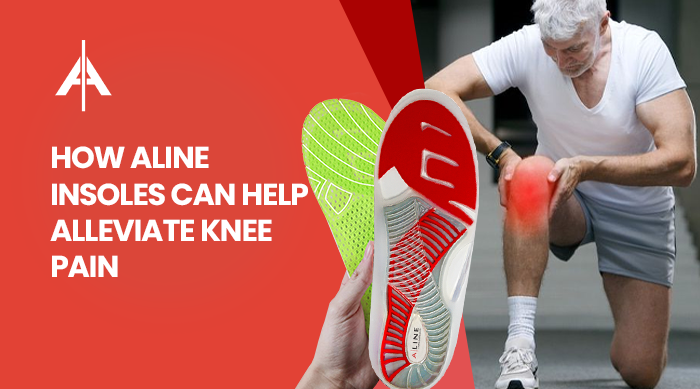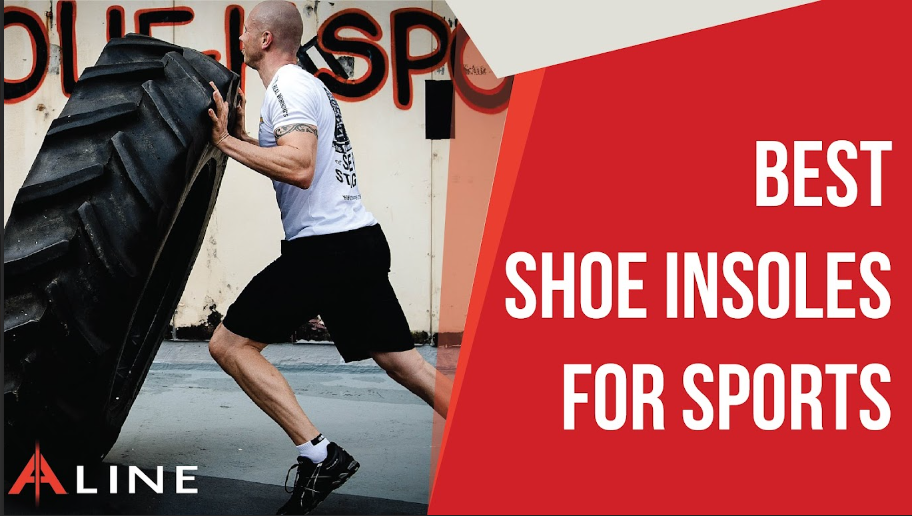How Do Insoles Work to Alleviate Everyday Foot Fatigue?

Summary
-
Insoles reduce foot fatigue by cushioning each step, absorbing shock to minimize strain on feet, ankles, and knees during daily activities.
-
Even weight distribution across the heel, arch, and forefoot prevents pressure buildup, reducing soreness in high-stress areas.
-
Proper arch support corrects misalignment for flat feet, high arches, or neutral arches, enhancing stability and reducing muscle fatigue.
-
Insoles improve posture and gait, alleviating joint stress and promoting whole-body comfort for long hours of standing or walking.
-
ALINE Insoles, with patented technology, offer dynamic support and alignment, making them a top choice for combating everyday foot fatigue.
Every step you take whether walking the dog, standing at work, or exploring a new city puts your feet under pressure, absorbing countless micro-impacts that can lead to fatigue, soreness, or even chronic pain.
Without proper support, this daily strain causes muscle fatigue, joint stress, and discomfort that can ripple up to your knees, hips, and back. Insoles are a simple, effective solution to combat foot fatigue, offering cushioning, alignment, and stability to keep you moving comfortably.
How Do Insoles Relieve Your Foot Fatigue?
Insoles are engineered to address the root causes of foot fatigue, transforming how your feet handle the demands of daily movement.
Shock Absorption
Every step sends impact forces through your feet, ankles, and knees, especially on hard surfaces like concrete or tile. Quality insoles act like a suspension system, cushioning each step to reduce strain. For example, a nurse working a 12-hour shift benefits from insoles that absorb shock, minimizing muscle vibration and preventing the aching exhaustion that sets in by day’s end. This dampening effect protects joints and muscles, keeping you comfortable during prolonged activity.
Weight Distribution
Uneven pressure on the heel, arch, or forefoot is a common cause of foot fatigue, leading to soreness in areas like the ball of the foot. Insoles redistribute body weight evenly across the foot’s surface, preventing overloading in high-stress zones.
Arch Support
Your arch type flat, high, or neutral plays a critical role in foot alignment and stability. Poor alignment, like overpronation or supination, strains muscles and ligaments, leading to fatigue and discomfort. Insoles with tailored arch support correct these imbalances, stabilizing the foot and reducing stress on the plantar fascia.
What Are the Key Benefits of Wearing Insoles?
High-performance insoles do more than just cushion your feet they’re a strategic tool for whole-body wellness, offering benefits that enhance daily life:
-
Reduces Muscle Fatigue: Insoles support natural biomechanics, preventing overuse of specific muscle groups, so your feet feel less tired after long hours of activity.
-
Prevents Common Conditions: By stabilizing the foot, insoles reduce the risk of plantar fasciitis, shin splints, and joint pain in the knees or hips, promoting long-term foot health.
-
Improves Posture and Gait: Proper alignment from insoles ensures smoother movement, reducing unnecessary stress on joints and improving posture for better overall mobility.
-
Enhances Comfort for Long Hours: Whether you’re at work, exercising, or traveling, insoles provide lasting comfort, keeping your feet fresh even during demanding days.
Common Foot Fatigue Issues Without Insoles
Skipping insoles can amplify foot fatigue and lead to broader physical issues. The key problems caused by unsupported feet:
Overpronation/Supination
Overpronation (excessive inward rolling) or supination (outward rolling) misaligns the foot, straining muscles and joints. This inefficiency causes fatigue, especially for active individuals like joggers or warehouse workers, who may feel soreness in their ankles or knees after prolonged movement.
Pressure Points
Without proper support, shoes concentrate pressure on specific areas, like the heel pad or ball of the foot, leading to soreness or inflammation.
Lack of Cushioning
Hard surfaces amplify the impact of every step, jarring your feet and legs. Without cushioning, this repetitive stress causes fatigue and discomfort, particularly for city dwellers walking on pavement or professionals working on unforgiving surfaces like tile.
Choosing the Right Insoles
Selecting the right insole ensures optimal comfort and fatigue relief. Consider these factors to find the perfect fit:
Arch Type
Identify your arch type flat, high, or neutral to choose insoles that match your foot’s natural shape. Properly aligned insoles prevent strain and enhance stability, whether you’re a hiker with high arches or an office worker with flat feet.
Material
Different materials serve distinct needs:
-
Memory Foam: Molds to your foot for personalized cushioning, ideal for daily wear.
-
Gel: Excels at shock absorption, perfect for high-impact activities like running or sports.
-
Rigid Orthotics: Best for severe biomechanical issues, providing firm support for conditions like advanced plantar fasciitis.
Activity-Specific
Different footwear demands specific insoles. Work boots need durable, supportive insoles for prolonged standing, while running shoes benefit from lightweight, cushioned options. Dress shoes require thin, discreet insoles to maintain fit.
Conclusion
Foot fatigue doesn’t have to be a daily struggle. With the right combination of shock absorption, weight distribution, and arch support, insoles can transform how your feet feel after hours of standing, walking, or running.
Howwever, by addressing the root causes of discomfort, they relieve tired feet and protect your joints, improving posture, and enhancing overall mobility.
ALINE Insoles offer scientifically backed support, leveraging patented Active Realignment Technology to align your stride and reduce fatigue. Trusted by athletes, professionals, and everyday users, ALINE provides a versatile solution for lasting comfort across various activities.
Ready to say goodbye to tired feet? Visit today and discover ALINE today.














